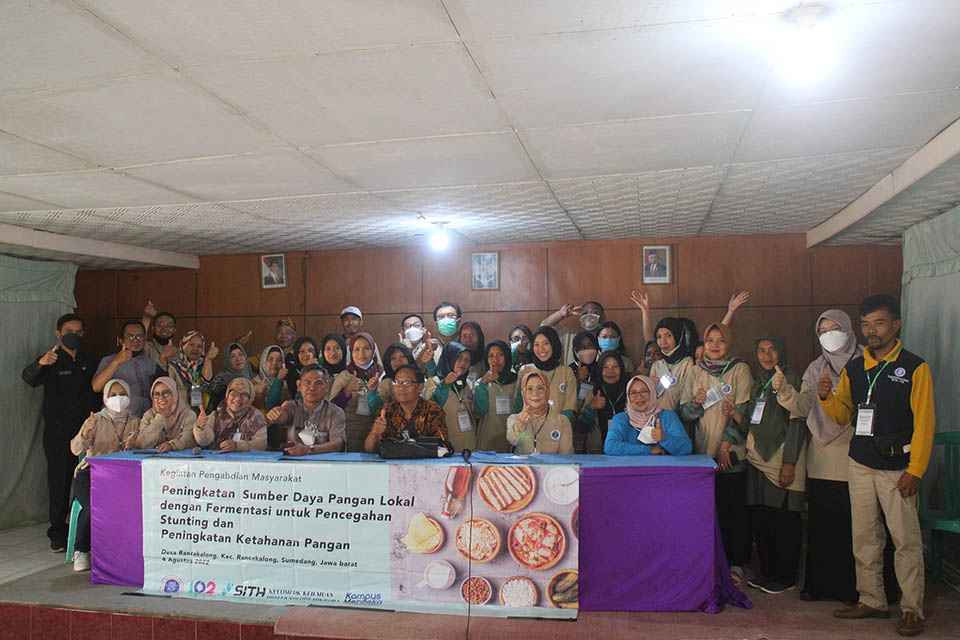

Pingkan Aditiawati
Malnutrition problems in children under five years old are currently classified by WHO (World Health Organization) into three groups, namely: Stunting, Wasting, and Overweight (WHO, 2021). Based on the acquisition of WHO data collected in 2021, Indonesia is included in the top 30 countries with the prevalence of stunting in the world, and the first order with the highest prevalence in the Southeast Asian region. Based on WHO data in 2021, the prevalence of children's stunting under 5 years in Indonesia is at 31.8%. This value only dropped 0.2 % of the 2019 and 1 % value from 2019. This data shows that the intervention and also handling cases of stunting toddlers in Indonesia is not effective and efficient. Stunting or short toddlers are manifestations of malnutrition problems. Toddlers with height below -2 standard deviations of the graph of the growth of toddlers are indicated as stunting toddlers. Until now the exact cause of the case of stunting in the world is still a debate. However, there are three main factors driving the increase in the prevalence of stunting in toddlers, namely: Lack of nutritional intake in infants under two years, malnutrition intake in mothers during pregnancy, and poor sanitation quality in the household environment and the surrounding community (Raiten & Bremer, 2020); (Masrul et al., 2020), (Zambruni et al., 2019). The role of social, cultural habits, and also the quality of education correlates against the emergence of stunting toddler cases in Indonesia (Wicaksono and Harsanti, 2020). Based on this research it is proven that the quality of parents' education is low and also poor environmental sanitation correlates positively on the emergence of stunting toddlers in Indonesia. The quality of the mother's nutrition and also the health of the home environment can then be better mapped with a microbiological analysis approach. One form of prevention of stunting cases in toddlers is to consume fermented foods. Fermented foods have many benefits including: having probiotic bacteria, containing prebiotic for stimulation of probiotic bacteria in the human intestine, containing nutrients that are easily absorbed by the body, have compounds that play a role in the body's detoxification process, increase body immunity and others. In addition to health benefits, fermentation can also be used to preserve food. Based on this benefit, the application of skills and also consumption of fermented food can be used to develop stunting prevention strategies ranging from increasing nutritional intake to food security.